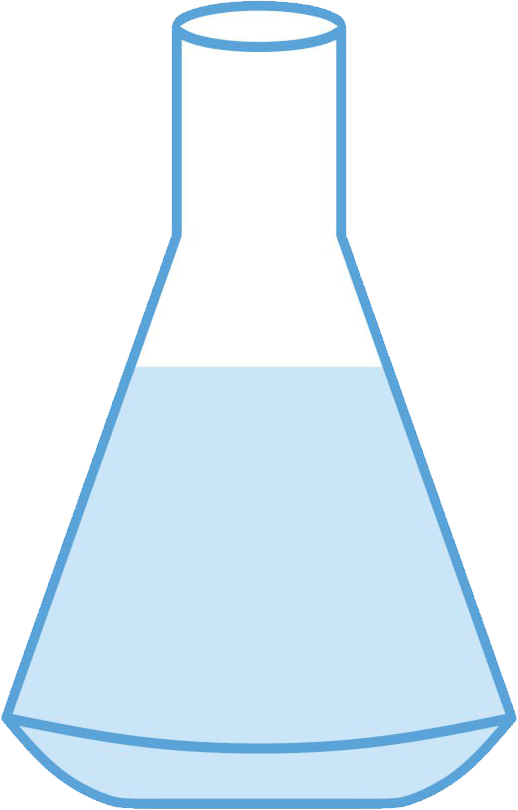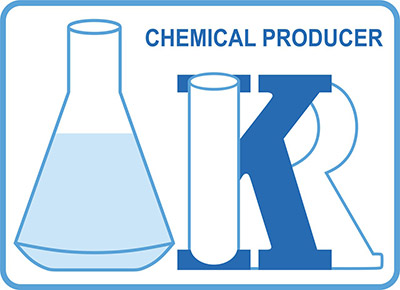Hydrocarbons, molecules containing only hydrogen and carbon, consist of a large array of linear, branched, cyclic and aromatic components, whereas non-hydrocarbon fractions, termed resins (carbazoles, thiophenes and oxygenated hydrocarbons) and asphaltenes, contain additional elements, such as nitrogen, sulphur and oxygen. Hydrocarbons exist in a range of molecular weights, from very light (C1, 16 g mol−1) to very heavy (∼C80, up to 1000 g mol−1). Heavy hydrocarbon is a fraction of crude oil that boils between approximately 150℃- 380℃. Asphaltenes are generally considered to be one the largest components in crude oil with molecular weight up to 1000 g mol−1 .
Refinement of crude oil involves distillation to separate products by boiling point. A great deal of the lighter hydrocarbons are more valuable. It is used as a feedstock for gasoline and jet fuel, whereas the higher boiling point hydrocarbons may be used for diesel, heavy-duty fuels and lubricating oils. Heavy hydrocarbons are defined as the fraction that cannot be distilled under atmospheric and vacuum distillation.Very little heavy hydrocarbon finds its way into the fuel and lubricant products and most will end up as bitumen, petroleum pitch, or asphalt at the end of the petroleum manufacturing and refining processes. Boiling points are dependent on molecular structure, chemical composition, and molecular weight. Hydrocarbons with a range of carbon numbers will constitute the starting point that defines the heavy hydrocarbon fraction. The proportion of heavy hydrocarbon in crude oils can vary considerably.

Close
